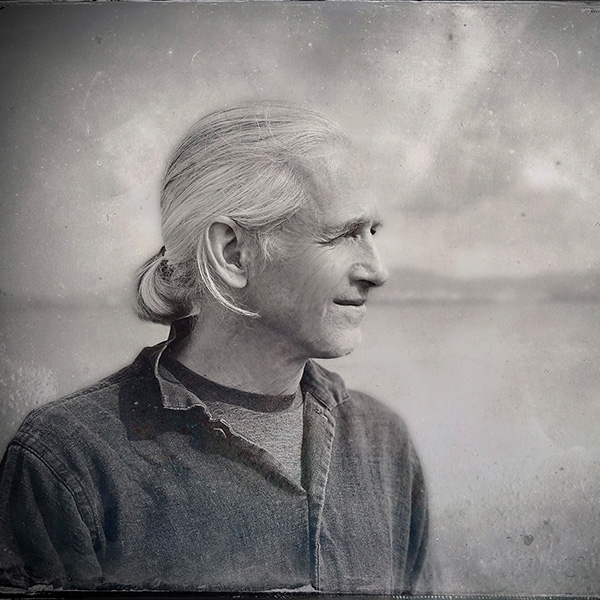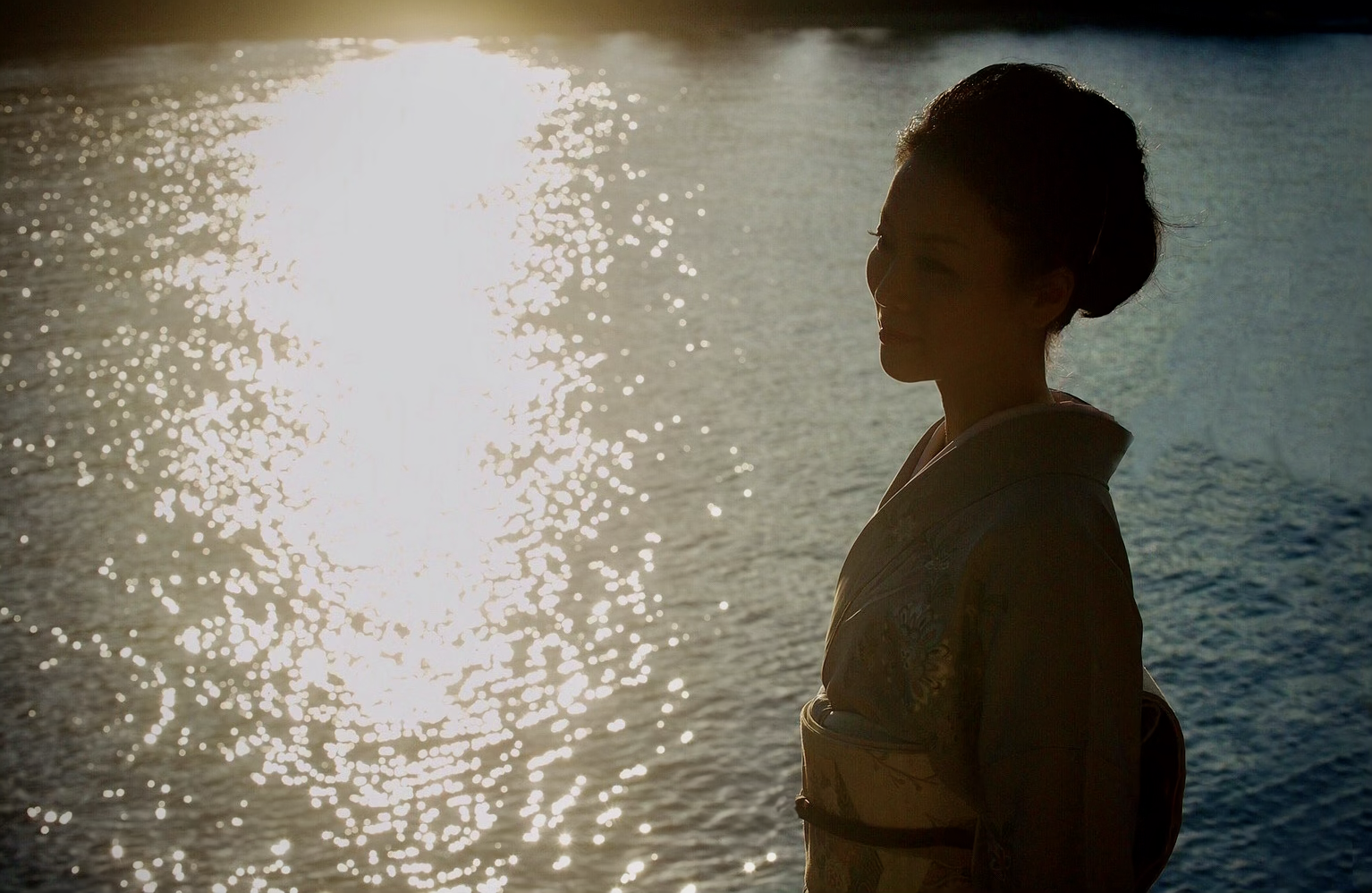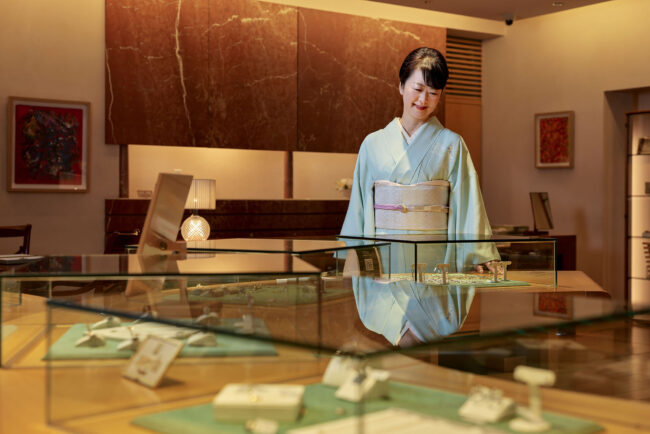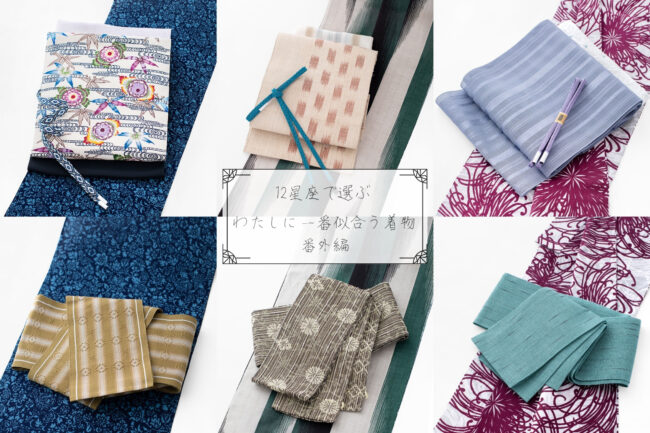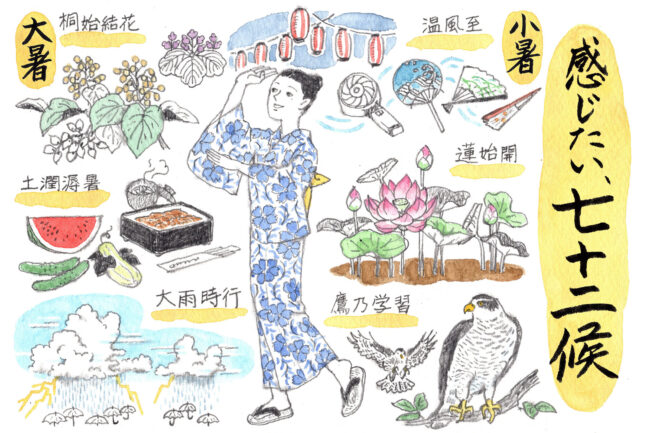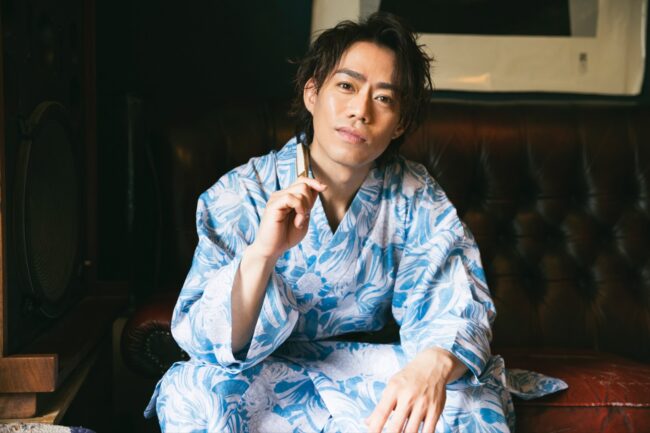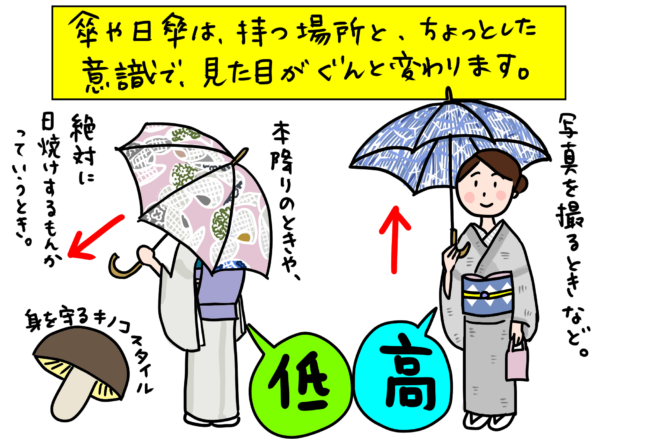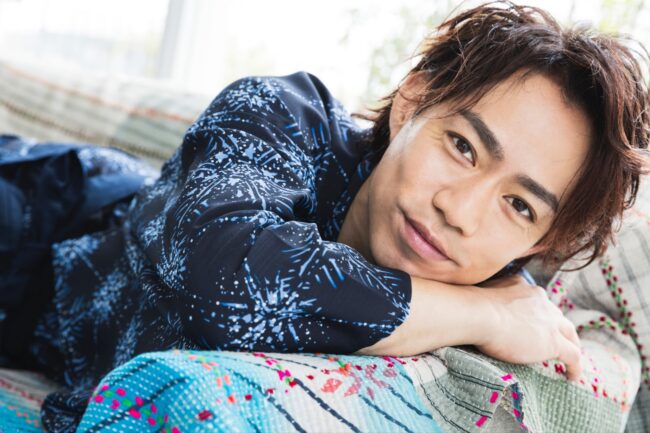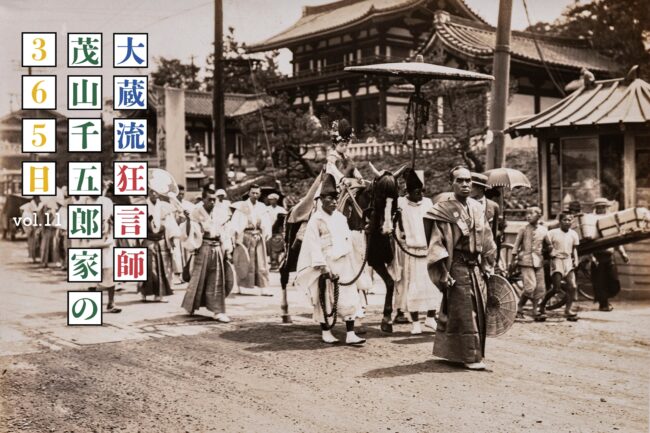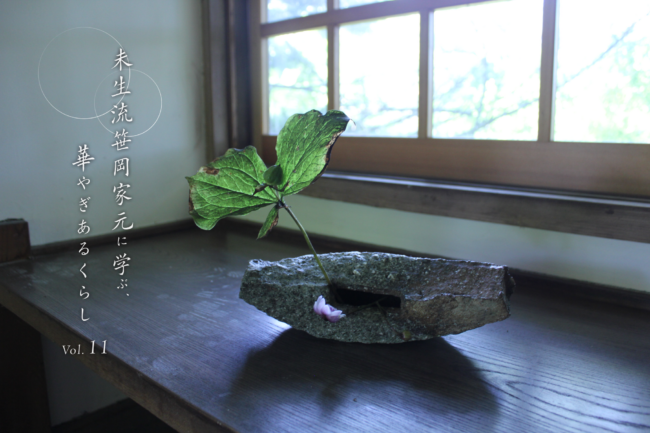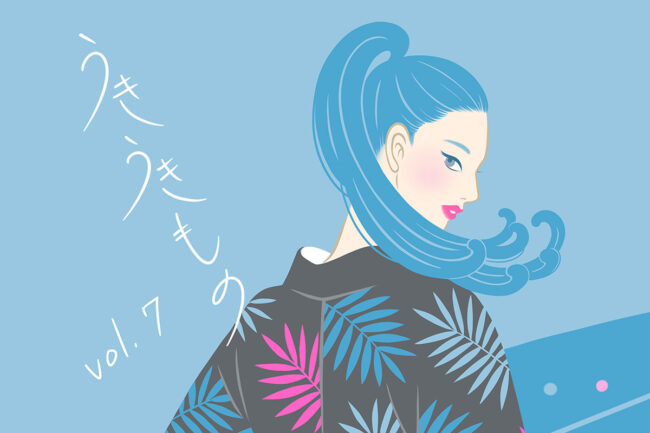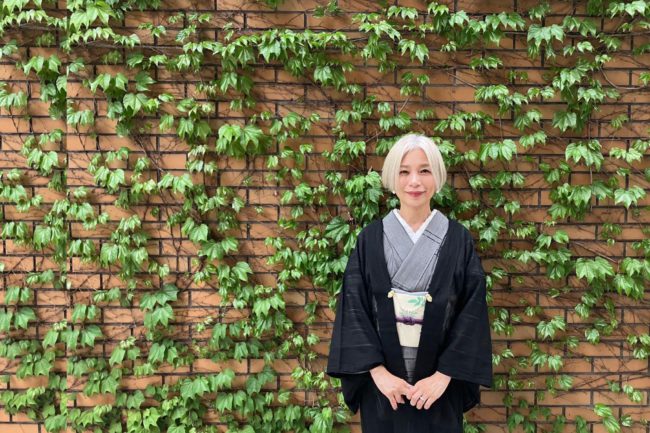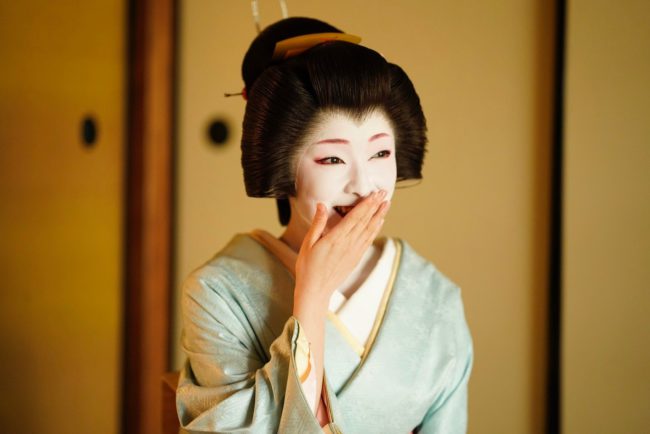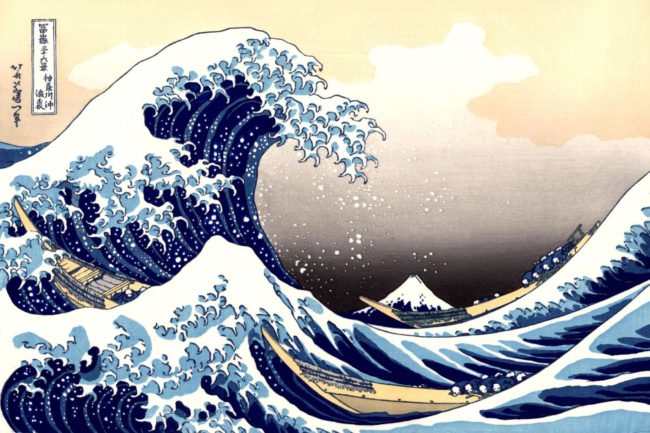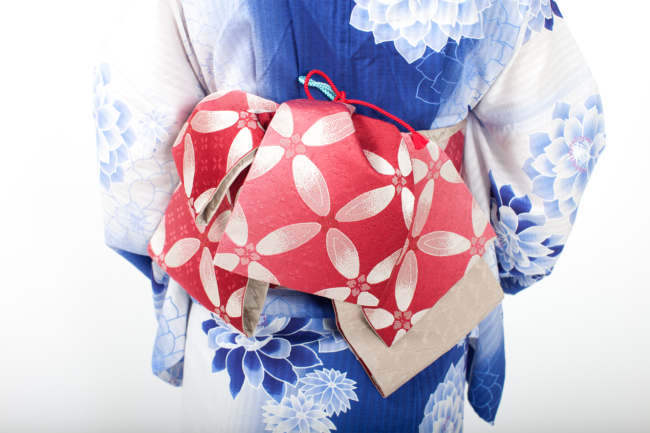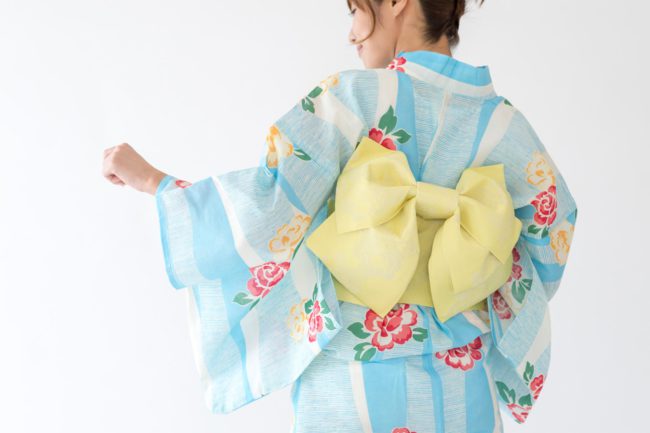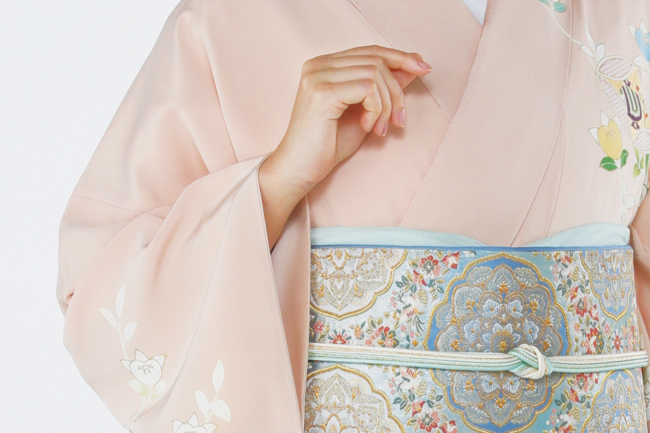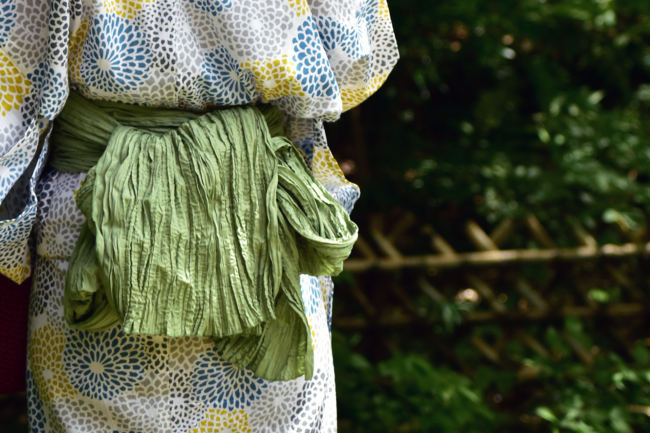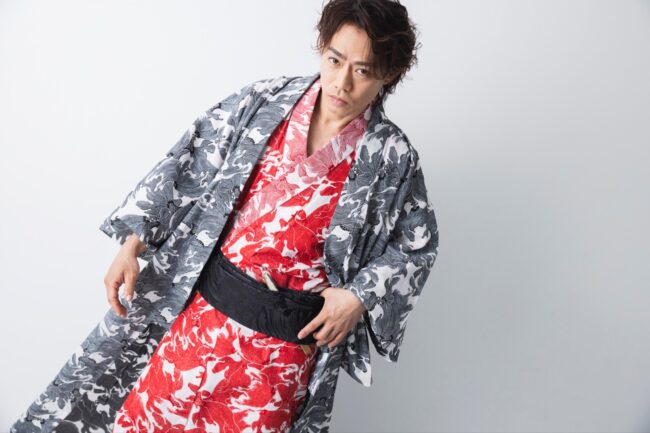
涼をとるしかけ 「Junko Sophieの秘伝京都」vol.4 │ “Junko Sophie’s Hidden Kyoto” │ 「潤子索菲的私密京都」
さまざまな美の発見と日本文化の奥座敷への探求、京都で暮らす女性としての新しい視点。今回は、華麗なる納涼文化にまで到達した、京都人の”涼をとるしかけ”について。暑さをやり過ごす知恵とは? 日本語・英語・中国語、三か国語にてお読みいただけます。
目次
- 「陰翳礼讃」と、涼をとるしかけ / “In Praise of Shadows” and the daily wisdom of cooling down. / 「陰翳禮讃」與日常消暑的智慧
- 夏の朝ぼらけの夢 / Dream of dawn in summer / 夏日的黎明之夢
- 今回訪ねた場所 / Some of My Favorite Places / 我最喜歡參訪的一些地方
- 装いについて / My Choice of Kimono of the Day / 我當日選擇的和服
- 今回の湿板光画 / The Wet Plate Collodion of This Time / 這次的濕板攝影藝術作品
- おいしい京都 / Introducing Junko Sophie ’s Delicious Kyoto / 介紹潤子索菲的京都美味
シェア
BACK NUMBERバックナンバー
-

2025.07.05
連載記事
ロンドンでの新しい楽しみ方 「Junko Sophieの秘伝ロンドン」Vol.20(最終回) │ Junko Sophie’s Hidden London │潤子索菲的私密倫敦
-

2025.07.05
連載記事
足るを知る心「Junko Sophieの秘伝京都」Vol.19 │ Junko Sophie’s Hidden Kyoto │潤子索菲的私密京都
-

2025.07.05
連載記事
インドの神々への献茶 「Junko Sophieの秘伝インディア」Vol.18 │ Junko Sophie’s Hidden India │潤子索菲的私密印度
-

2025.07.05
連載記事
”静”と”動”の彩り「Junko Sophieの秘伝インディア」Vol.17 │ Junko Sophie’s Hidden India │「潤子索菲的私密印度」
-

2025.07.05
連載記事
京都とインドが溶け込んで 「Junko Sophieの秘伝インディア」Vol.16 │ Junko Sophie’s Hidden India │「潤子索菲的私密印度」│ L’Indie Secret de Junko Sophie
-

2025.07.05
連載記事
インドの結婚式で京都文化サロンを(後編) 「Junko Sophieの秘伝インディア」Vol.15 │ Junko Sophie’s Hidden India │「潤子索菲的私密印度」│ L’Indie Secret de Junko Sophie
-

2025.07.05
連載記事
京友禅サリーで、夢のようなインドの結婚式へ(前編)「Junko Sophieの秘伝インディア」vol.14 │ Junko Sophie’s Hidden Inidia │「潤子索菲的私密印度」│ L’lnde Secret de Junko Sophie
-

2025.07.05
連載記事
文化として開花した”CHA” 「Junko Sophieの秘伝京都」vol.13 │ “Junko Sophie’s Hidden Kyoto” │ 「潤子索菲的私密京都」│ Le Kyoto Secret de Junko Sophie
-

2025.07.05
連載記事
もてなし、もてなされの”妙”「Junko Sophieの秘伝京都」vol.12 │ Junko Sophie’s Hidden Kyoto │「潤子索菲的私密京都」│ Le Kyoto Secret de Junko Sophie
-

2025.07.05
連載記事
桜の秘めごとと”もののあはれ”「Junko Sophieの秘伝京都」vol.11 │ Junko Sophie’s Hidden Kyoto │「潤子索菲的私密京都」│ Le Kyoto Secret de Junko Sophie
-

2025.07.05
連載記事
“異国美”の都「Junko Sophieの秘伝京都」vol.10 │“Junko Sophie’s Hidden Kyoto” │「潤子索菲的私密京都」│ Le Kyoto Secret de Junko Sophie
-

2025.07.05
連載記事
福来たる初春と、和歌の極意「Junko Sophieの秘伝京都」vol.9 │ Junko Sophie’s Hidden Kyoto │ 潤子索菲的私密京都 │ Le Kyoto Secret de Junko Sophie
-

2025.07.04
連載記事
魯山人と”間”の文化 「Junko Sophieの秘伝京都」vol.8|Junko Sophie’s Hidden Kyoto | 潤子索菲的私密京都 │ Le Kyoto Secret de Junko Sophie
-

2025.07.04
連載記事
インドでよみがえる、京都の美の秘密 「Junko Sophieの秘伝京都」番外編 l Junko Sophie’s Hidden Kyoto
-

2025.07.04
連載記事
“小さきもの、数少なしは心深し”の秋 「Junko Sophieの秘伝京都」vol.7 │ Junko Sophie’s Hidden Kyoto │ 潤子索菲的私密京都 │ Le Kyoto Secret de Junko Sophie
-

2025.07.04
連載記事
古都の香りをまとう暮らし「Junko Sophieの秘伝京都」vol.6 │ Junko Sophie’s Hidden Kyoto │ 潤子索菲的私密京都 │ Le Kyoto Secret de Junko Sophie
-

2025.07.04
連載記事
月夜とやつしの美 「Junko Sophieの秘伝京都」vol.5 │ “Junko Sophie’s Hidden Kyoto” │ 「潤子索菲的私密京都」
-

2025.07.04
連載記事
涼をとるしかけ 「Junko Sophieの秘伝京都」vol.4 │ “Junko Sophie’s Hidden Kyoto” │ 「潤子索菲的私密京都」
-

2025.07.04
連載記事
“ハレとケ”のメリハリ 「Junko Sophieの秘伝京都」vol.3 │ “Junko Sophie’s Hidden Kyoto” │ 「潤子索菲的私密京都」
-

2025.07.04
連載記事
美と文化の泉がひそむ 「Junko Sophieの秘伝京都」vol.2 │ “Junko Sophie’s Hidden Kyoto” │ 「潤子索菲的私密京都」
-

2025.07.04
連載記事
京都の魔法に導かれて「Junko Sophieの秘伝京都」vol.1 │ “Junko Sophie’s Hidden Kyoto” │ 「索菲潤子的私密京都」
LATEST最新記事
RANKINGランキング
- デイリー
- ウィークリー
- マンスリー
-

インタビュー
美しい仕草の秘訣は、憧れの人になりきること。プロフィギュアスケーター・高橋大輔さん(インタビュー後編)「きもの、着てみませんか?」vol.10-3
-

まなぶ
NAMINORI 渡ってみせたい、大海原!「うきうきもの」vol.7
-

まなぶ
しびれるくらい粋でカッコいい!半幅帯の帯結び 「着物ひろこの着付けTIPs」vol.5
-

よみもの
常識をアップデート!2WAYで楽しむ浴衣「12星座で選ぶ、わたしに一番似合う着物」番外編
-

よみもの
幕末好きの歴女でお三味線の名取 宮川町・とし真菜さん 「令和の芸舞妓図鑑」vol.6
-

まなぶ
浮世絵はどうやって作られる? 「浮世絵きほんのき!」vol.3
-

まなぶ
大人浴衣の極意!ポイントは3つ 「着物ひろこの着付けTIPs」vol.7
-

まなぶ
浴衣帯の上手な合わせ方・結び方とは?簡単な帯合わせ・コーディネートのコツを解説!
-

まなぶ
作り帯とは?綺麗な付け方とポイントをご紹介!
-

よみもの
幕末好きの歴女でお三味線の名取 宮川町・とし真菜さん 「令和の芸舞妓図鑑」vol.6
-

まなぶ
しびれるくらい粋でカッコいい!半幅帯の帯結び 「着物ひろこの着付けTIPs」vol.5
-

インタビュー
美しい仕草の秘訣は、憧れの人になりきること。プロフィギュアスケーター・高橋大輔さん(インタビュー後編)「きもの、着てみませんか?」vol.10-3
-

まなぶ
着物は「右前」「左前」どっち?覚え方のコツや注意点を解説!
-

まなぶ
初心者でも一人でできる!旅館やお祭りなど簡単な浴衣の着付け方をご紹介!
-

まなぶ
兵児帯(へこおび)とは?特徴や選び方・結び方をご紹介!
-

まなぶ
浴衣帯の上手な合わせ方・結び方とは?簡単な帯合わせ・コーディネートのコツを解説!
-

よみもの
常識をアップデート!2WAYで楽しむ浴衣「12星座で選ぶ、わたしに一番似合う着物」番外編
-

まなぶ
投扇興(とうせんきょう)を楽しむ!【大西常商店・大西里枝さん】「きくちいまがプロに聞くシリーズ」扇子のギモンを解決!vol.5
-

よみもの
幕末好きの歴女でお三味線の名取 宮川町・とし真菜さん 「令和の芸舞妓図鑑」vol.6
-

インタビュー
色気を纏う男の浴衣 feat. 高橋大輔「きもの、着てみませんか?」vol.10-1
-

まなぶ
着物は「右前」「左前」どっち?覚え方のコツや注意点を解説!
-

インタビュー
美しい仕草の秘訣は、憧れの人になりきること。プロフィギュアスケーター・高橋大輔さん(インタビュー後編)「きもの、着てみませんか?」vol.10-3
-

まなぶ
しびれるくらい粋でカッコいい!半幅帯の帯結び 「着物ひろこの着付けTIPs」vol.5
-

インタビュー
自分が楽しめば、必ず誰かの心に届く プロフィギュアスケーター・高橋大輔さん(インタビュー前編)「きもの、着てみませんか?」vol.10-2
-

まなぶ
兵児帯(へこおび)とは?特徴や選び方・結び方をご紹介!
-

まなぶ
初心者でも一人でできる!旅館やお祭りなど簡単な浴衣の着付け方をご紹介!
-

new着物の基本
今さら聞けない!アニメ『鬼滅の刃』に登場する柄・模様と、込められた意味





























